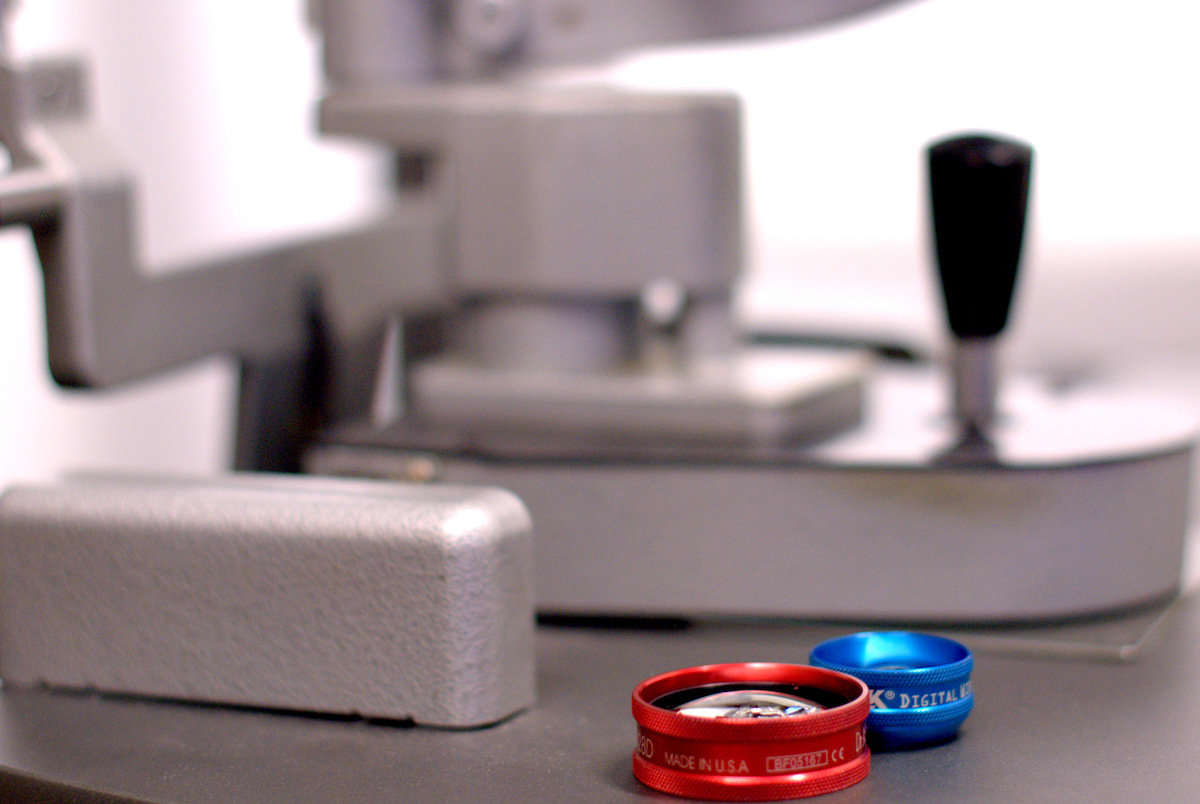What is a Vitrectomy?
Vitrectomy is the surgical removal of the vitreous gel from the middle of the eye.
This procedure may be done for several reasons:
- to remove scar tissue membranes from the retinal surface
- to repair macular holes
- to repair retinal detachments
- to remove vitreous haemorrhage that can result from diabetes or vein occlusions
- to do complex cataracts and dislocated lenses,
- other less frequent indications.

How is a vitrectomy done?
A vitrectomy is usually done under local anaesthesia, with light sedation. Occasionally it is done under a general anaesthetic. It is a day surgery procedure. The operation takes 1-2 hours.
During a vitrectomy, Dr Sharma inserts small instruments into the eye, cuts the vitreous gel, and removes it by suction. After removing the vitreous gel, there may be a need to cut or remove fibrous or scar tissue form the retina, treat the retina with laser, flatten areas of detached retina or repair holes in the retina or macula.
At the end of the surgery, fluid, air, a gas, or silicone oil may be injected into the eye to replace the vitreous gel to restore normal pressure in the eye.
How will the vitrectomy affect my vision and/or condition?
Vitrectomy has been shown to improve vision in many people who have bad bleeds inside the gel that has not cleared on its own. It can decrease the risk of severe bleeding complications in people who have begun to have bleeding into the vitreous gel.
If performed for epiretinal memebrane or macular hole, there is a high likelihood of vision improvement, but it is dependent on the length of time the problem has been there for and the underlying reason it occurred in the first place.
If the surgery is being done for a retinal detachment the visual result will depend on the extent and time of the detachment, but even with a successful procedure, there are residual deficits in your vision. The results are better before the detachment affects the centre of the retina, the macula.
When done for complex cataracts and dislocated lenses, vision generally improves over a couple of months, and may require removal of sutures at some stage.
What are the risks with a vitrectomy?
A vitrectomy is a safe procedure, but as with every surgical procedure, there are some risks associated with surgery. Some uncommon risks are temporary and resolve over time, require medications or potentially another procedure:
- Elevated eye pressure (glaucoma)
- Clouding of the cornea, the clear layer at the front of the eye
- Bleeding inside the eye
- Cataract, which might require eventual or early removal of the lens
Rarer but more serious, vision-threatening risks include:
- Retinal detachment – 1:100-500
- Infection inside the eye (endophthalmitis) – 1:1000
- Total loss of vision, shrinkage of the eyeball (phthisis) – 1:10,000
Dr Sharma will discuss the surgery in detail with you. Please let us know of any previous medical history, including surgeries and family history, and questions or concerns you might have.

